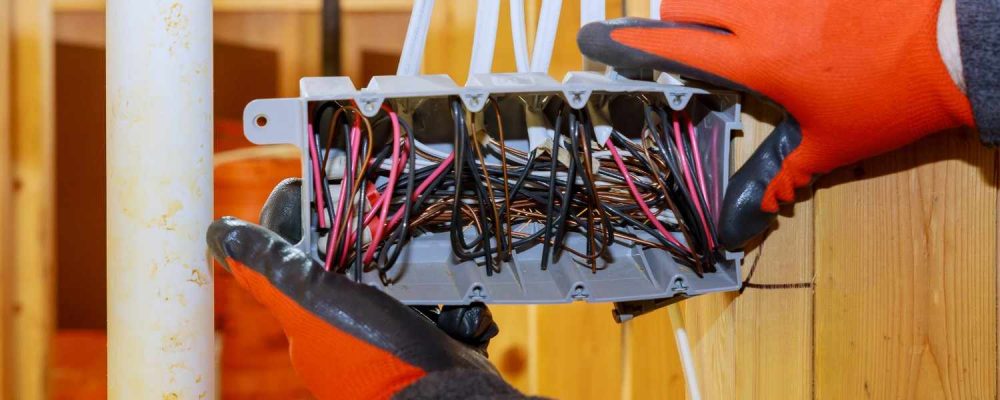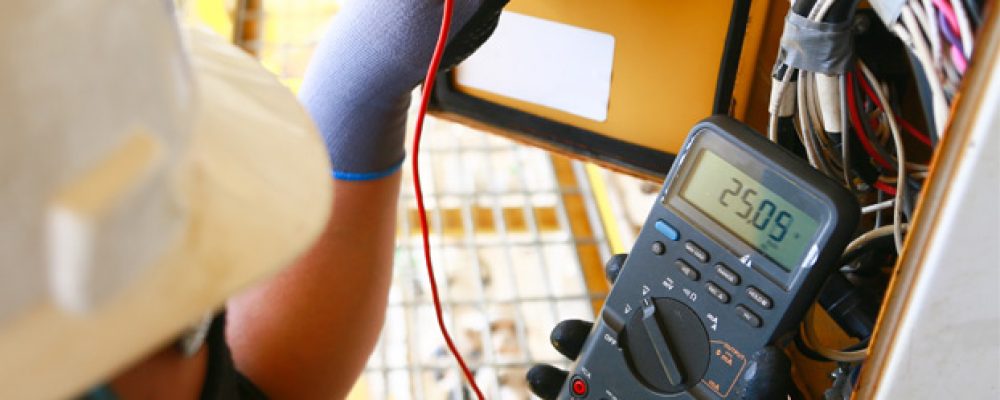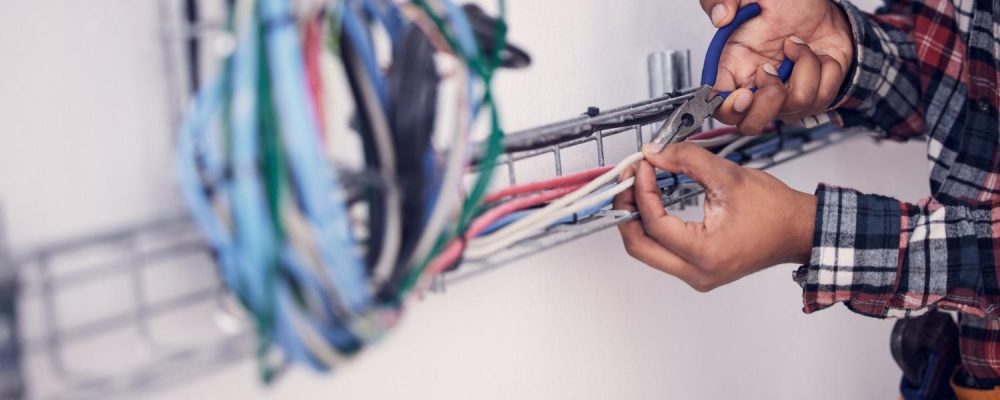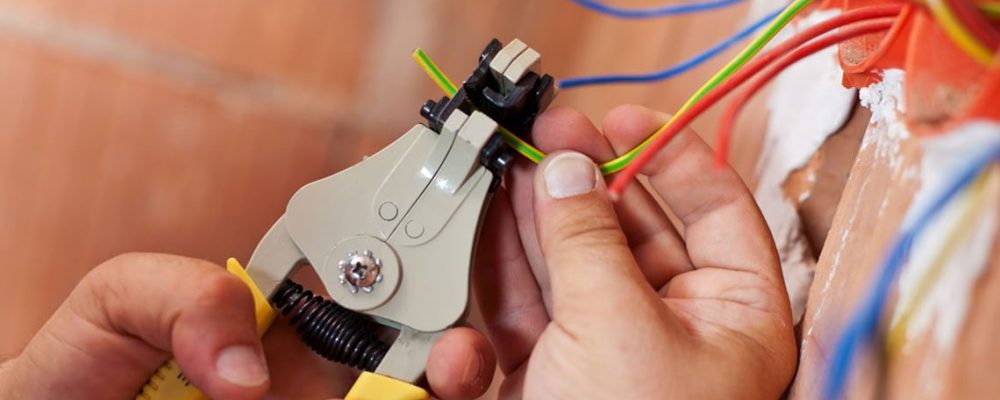Summary: Low-voltage cabling forms the basic foundation of all modern systems, with one layer feeding underground power to the security cameras, another to the smart lighting system, etc. With evolving technologies, the tools and procedures for installation will grow significantly. This guide walks through modern innovations in low-voltage cabling, good practices, latest technologies, and the future outlook of the industry.

Modern business, hospitals or even a smart home nowadays need a strong setup of a network behind their walls. That’s where Low voltage cabling rules and lets it all come true. Low voltage binds every corner from security cameras to smart lighting that works automatically.
It describes the U.S. electric-power transmission and distribution markets that, according to the U.S. The Department of Energy was valued at about $89 billion in 2022 and projected to grow to $110.4 billion by 2032, predicating the rise of demand for reliable and efficient electrical infrastructure.
Low voltage cabling is a type of wiring that conveys electrical impulses at below 50 volts, energizing the technology that smartens our spaces, makes them efficient and secure. It provides data networks, CCTV, and home automation and is the foundation of today’s connected world. With devices doubling and automation becoming the standard, expert low voltage installers are no longer a nicety, they’re a necessity.
Low-voltage wiring encompasses various cable types, including Cat5e, Cat6, coaxial, and fiber optic cables. These cables are designed to transmit data, video, and audio signals efficiently and safely.
Common Low Voltage Cables and Applications:
|
Cable Type |
Typical Use |
Max Voltage |
Notes |
|
Cat5e |
Ethernet/data |
50V |
PoE compatible |
|
Cat6 |
Ethernet/data |
50V |
Higher bandwidth |
|
Coaxial |
Video/Internet |
50V |
Used for cable TV and security cameras |
|
Fiber Optic |
High-speed data |
N/A |
Immune to EMI |

Modern cable pulling machines reduce manual labor, increase the installation speed, and prevent damage to cables during installation. Automated tools also assist in cable cutting and termination to exact measurements and standards. Therefore, these tools ensure consistent, perfect quality.
Testers and certifiers are important to ensure that installations accomplish performance, safety, and standards established by the industries. These tools help rectify problems like signal losses, crosstalk, and mismatch in impedance.
Software programs help engineers design and map out cable layouts to ensure a well-organized installation and facilitate troubleshooting. The software also provides for future-proofing of installations concerning upgrades.
|
Cable Type |
Minimum Separation from High Voltage |
|
Cat5e/Cat6 |
12 inches |
|
Coaxial |
6–12 inches |
|
Fiber Optic |
0 inches (immune to EMI) |

Previously, it was all about functioning and serving its purpose without really stressing over the warranty. But with sustainability being more and more in vogue with the cabling world for low voltage, eco-conscious companies, as well as homeowners, would want to build their own equipment for greener, energy-efficient solutions. The installation stage is the perfect time for making a difference; in choosing greener materials, energy-efficient designs, and using clever strategies to reduce wastage.
Choose cables with recyclable materials or LSZH (Low-Smoke Zero-Halogen) jackets. These cables produce fewer toxic fumes when a fire occurs, thereby posing less threat to the indoor environment. Further, going neither PVC nor halogen reduces the chemical impact during production and disposal; thus naturally, this installation process is a greener alternative.
With power over Ethernet (PoE), a single cable can carry both power and data transmissions. This means power lines need not be considered separately. Less material consumption, lower energy consumption during installation and maintenance, and easier upgrading of networks in the future.
Plan the installation in a way that minimizes the waste of cables. Not required length of cables should be coiled and stored for other projects, and there are recycling programs that take care of copper, fiber, and sheath materials. Layout planning and reuse programs reduce both the cost and impact on the environment.
Lower voltage cabling becomes the relevant field for the installation of IoT devices, smart homes, and automated offices. Cabling shall be laid with such foresight that communication is had at its minimal downtime, thus affording infrastructures whose technology demands may be borne in the future.
The latest buildings with big details rely more and more on technology for their systems, lighting, security, HVAC, and entertainment. The low voltage cabling makes sure that these smart devices operate efficiently while handling heavy data loads and maintaining smooth connectivity among all platform options.
PoE means an approach where the Art is supplied together with data transmission over just one Ethernet cable. This makes installation easy, reduces material cost, and affords flexibility in placing the device without looking for an extra power socket.
Scalable systems using a modular patch panel, high-capacity cables, and extra conduits can help a network to easily support upgrades, higher bandwidth demand, and emerging technologies in the future without the need for major overhauls.
Certifications from BICSI, CompTIA, and Cisco help validate an installer’s level of knowledge and technical expertise. They ensure the installation conforms to industry standards and give credibility to installers when clients have to pick between competing claims for the provision of services on a professional basis.
The real-world practice acquired through installation work in homes, commercial places, and industries provide alternate ways of thinking and resolving problems. Installers knowledgeable of large-scale deployments can foresee major challenges to constructing viable economies.
Trending technologies should be continuously made known to bio-low voltage installers, alongside PoE standards, IoT protocols, and cybersecurity methods. Trainers, workshops, and updates from the industry will keep them competent and enable installers to put together systems that are efficient, secure, and future-proof.

Robotics and automation might have improved cable installation in terms of speed, accuracy, and safety.
The deployment of 5G networks demands high-performing cabling systems to handle the high traffic passing through them.
Prediction and prevention of failures through the use of sensors and monitoring tools, thereby minimizing downtimes and maintenance costs.
From smart homes to busy offices, low-voltage cabling energizes the environments we live and work in. For the installers, it’s not just about running wires-they’re making sure that technology truly connects people with other people or people with devices.
It is the collective installation process that establishes smart infrastructure; therefore, those installing while considering the right tools and trends and enforcing foresight on each installation take with them networks that last. What they do today is setting a good precedent for connected space tomorrow.
Are you interested in future-proofing your installation? Look no further, Network Drops awaits to give you expert advice and innovative solutions with smooth, voltage-cabling to tie the systems efficiently and reliably.
Low voltage cabling is used to power and connect devices like security systems, data networks, and smart home technologies.
While some installations can be DIY, professional installers ensure compliance with codes, safety standards, and optimal performance.
Certifications from organizations like BICSI, CompTIA, and Cisco are recognized in the industry.
PoE allows both power and data to be transmitted over a single Ethernet cable, simplifying installations and reducing costs.
Structured cabling provides a standardized approach to wiring, making installations more organized, scalable, and easier to maintain.
"*" indicates required fields
Scott Fcasni is the driving force behind Shock I.T. Support’s commercial datacomm cabling division, delivering expert solutions that power reliable, high-performance network infrastructures. With extensive experience in structured cabling and a commitment to precision, Scott ensures that every project—whether for small businesses or large enterprises—meets the highest standards of quality and scalability.